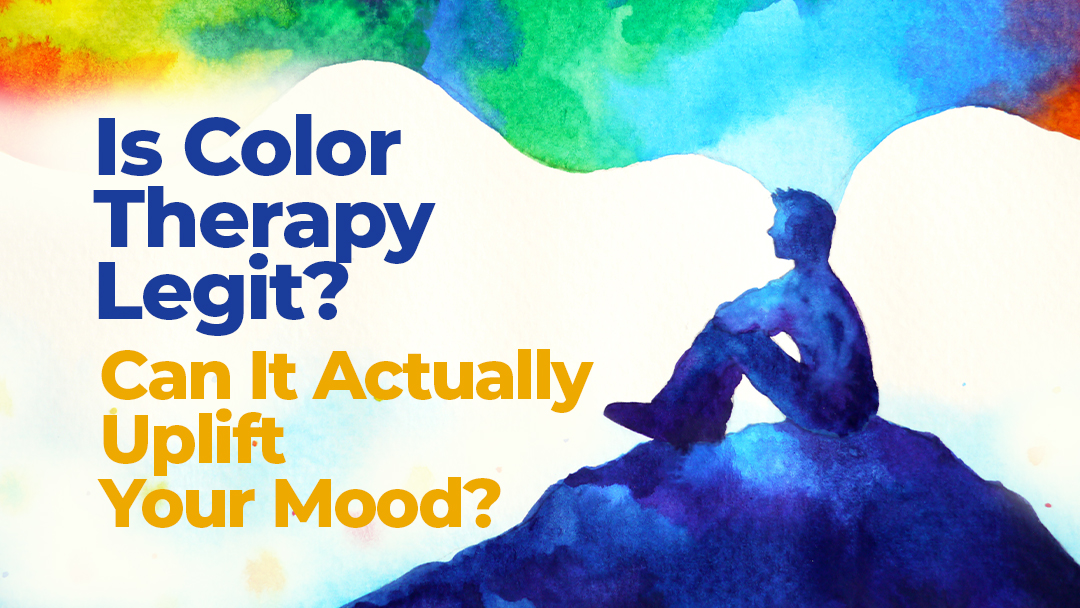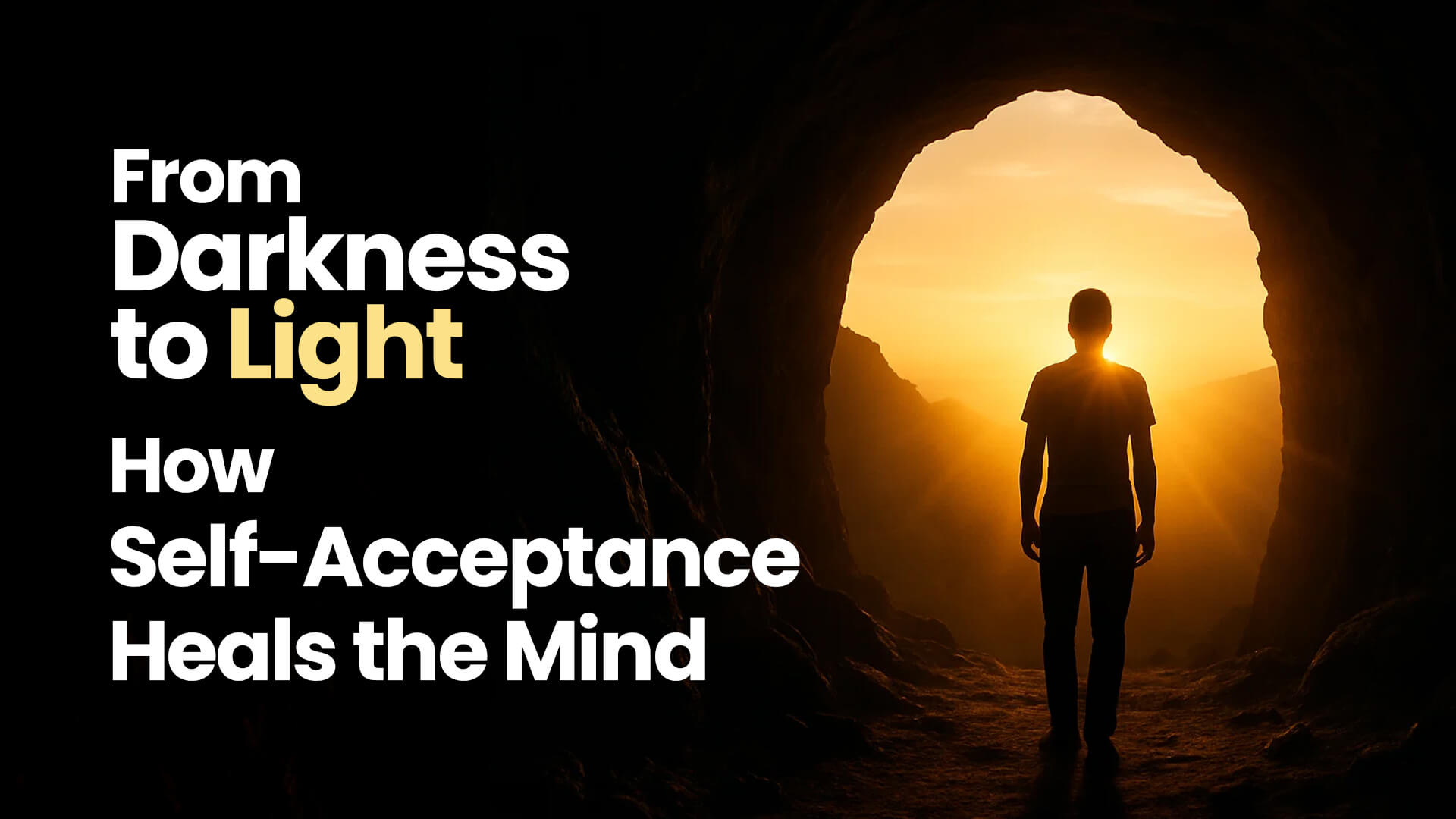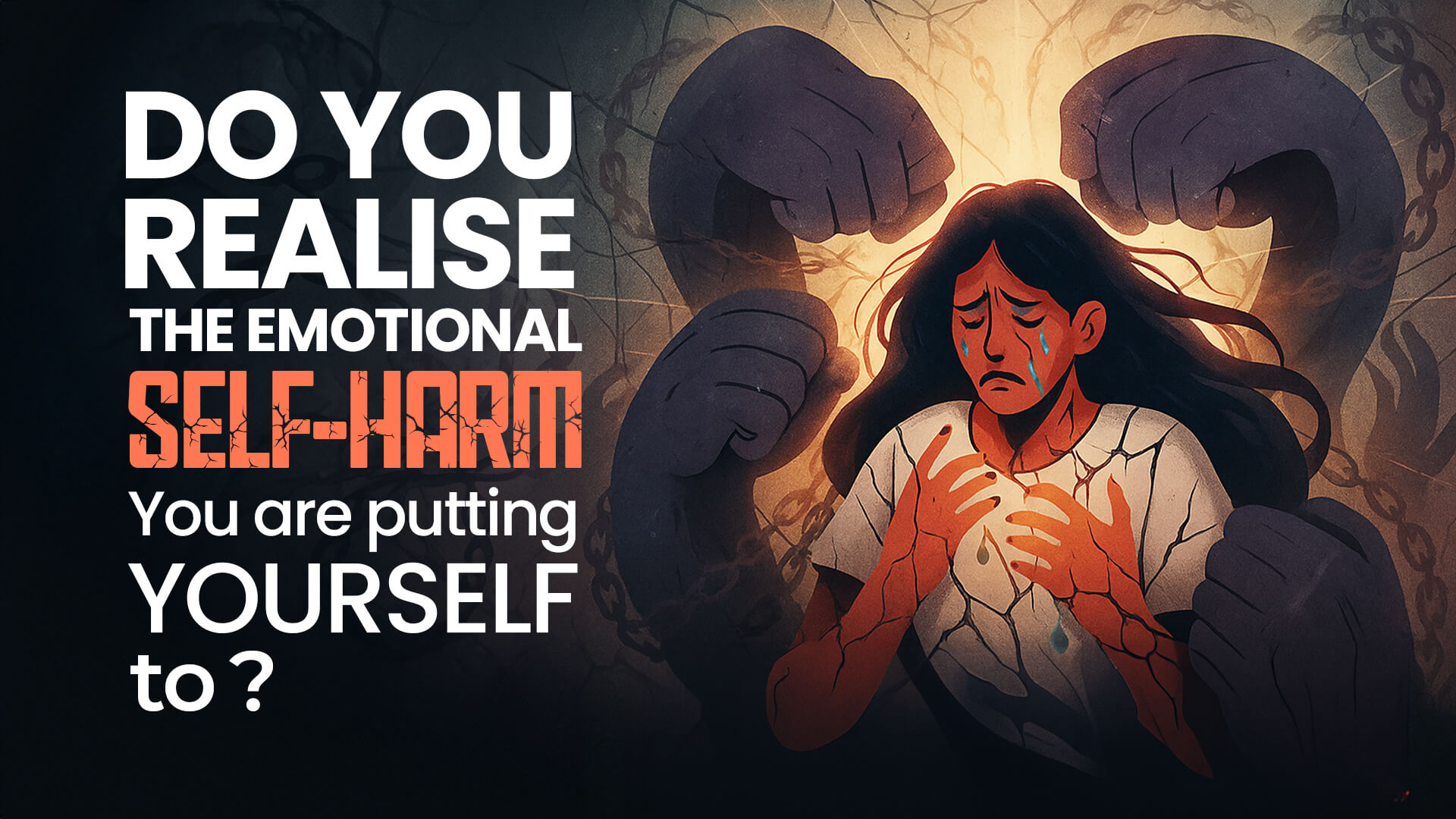Have you ever wondered how something as simple as color could have the power to heal and influence our emotions? Do you know colors around us hold the key to restoring our physical and emotional well-being? What if different hues could be the secret to unlocking the energies that govern our mood and health? Well, Color Therapy has got the answers.
While color therapy has a long history dating back to ancient civilizations, the scientific evidence supporting its claims remains limited. This article explores the theory behind color therapy, examines the potential benefits and applications, and discusses the current scientific understanding of its effectiveness.
Join me on a journey into the fascinating realm of color therapy, where we’ll explore how colored lights and environments are believed to hold the potential to bring balance and harmony to our lives.
The Theory of Color Therapy
The core principle of color therapy is based on the idea that light and color interact with our bodies and minds in specific ways. Here are some key aspects of the theory:
-
Color and Wavelength
-
Color Psychology
-
Energy Fields
Each color on the visible spectrum has a distinct wavelength. Color therapy proposes that these wavelengths trigger physiological and psychological responses within us.
Color therapy builds upon the established field of color psychology, which explores the impact of color on human emotions and behavior. Certain colors are widely associated with specific feelings, such as red with excitement or blue with calmness.
Some color therapists believe that colors influence our energy fields or auras, promoting balance and well-being when used correctly.
Applications of Color Therapy
Color therapy is used in various settings to address a range of physical and emotional concerns. Some common applications include:
-
Mood Management
-
Pain Management
-
Sleep Improvement
-
Seasonal Affective Disorder (SAD)
Color therapy is used to promote relaxation, reduce stress, and uplift mood. Specific colors, like blue or green, may be associated with feelings of tranquility, while brighter colors might be used to boost energy.
Color therapy is sometimes used as a complementary therapy for pain management. Studies suggest that colored light exposure can help with pain relief, particularly for headaches and musculoskeletal pain.
Warm colors like red or orange are generally avoided in color therapy for sleep environments, as they may promote alertness. Instead, cool colors like blue or green are believed to create a more calming atmosphere conducive to sleep.
Light therapy, a specific form of color therapy using bright white light, is a clinically established treatment for SAD, a type of depression that worsens during winter months with less sunlight exposure.
Scientific Evidence for Color Therapy
While the theory behind color therapy is intriguing, there is a lack of robust scientific research to definitively support its claims for treating various health conditions. Here’s a closer look at the current evidence:
-
Limited Research
-
Placebo Effect
-
Light Therapy vs. Color Therapy
Most studies on color therapy are small-scale and lack robust methodologies. Further research with larger sample sizes and controlled settings is needed to draw definitive conclusions about its effectiveness.
It is possible that some of the reported benefits of color therapy may be due to the placebo effect, where the belief in the treatment itself leads to positive outcomes.
It’s important to distinguish between color therapy and light therapy. Light therapy, particularly using bright white light, has established benefits for treating SAD. However, the specific claims of color therapy using a range of colored lights require further investigation.
Color Therapy in a Modern Context
Despite the lack of conclusive scientific evidence, color therapy remains a popular practice for some. Here are some things to consider if you’re interested in exploring color therapy:
-
Complementary Therapy
-
Setting Expectations
-
Consulting a Qualified Practitioner
Color therapy should be considered a complementary approach, used alongside conventional medical treatment when appropriate.
It’s important to have realistic expectations about the potential benefits of color therapy. While it may offer some mood-boosting effects or create a more relaxing environment, it is not a cure-all for medical conditions.
If you choose to explore color therapy, seek guidance from a qualified practitioner who understands its limitations and works collaboratively with licensed healthcare professionals.
Color Therapy – A Work in Progress
Color therapy presents an intriguing approach to well-being, built on the connection between light, color, and our emotional and physical state. While scientific research is ongoing, the current evidence remains inconclusive.
However, incorporating color psychology principles into your daily life can be a simple and potentially effective way to influence your mood. Surrounding yourself with colors you find calming or uplifting can create a more positive and balanced environment.
Ultimately, the decision to explore color therapy is a personal one. By understanding the theory, limitations, and potential applications, you can make an informed choice about whether it aligns with your well-being goals.
Have you tried color therapy? Share your experiences and thoughts in the comments section below.
FAQs Related To Color Therapy
Is color therapy safe?
Color therapy is generally considered safe when used appropriately. However, it is crucial to consult with a healthcare professional before using color therapy for any serious medical condition. Additionally, individuals with certain eye conditions may need to avoid specific light therapy practices.
Can color therapy replace conventional medicine?
No, color therapy should not be considered a replacement for conventional medicine. It is best used as a complementary therapy alongside medical treatment plans recommended by licensed healthcare professionals.
What are some alternative approaches to mood management?
There are various evidence-based strategies for mood management, including:
- Regular physical activity is a well-established method for improving mood and reducing stress.
- Mindfulness practices can help regulate emotions and cultivate a sense of calm.
- CBT is a form of psychotherapy that can help identify and change negative thought patterns that contribute to low mood.
- Prioritizing adequate sleep hygiene is essential for emotional well-being.
Where can I learn more about color psychology?
Several resources delve deeper into the connection between color and human emotions. Here are a few suggestions:
- Books
- “Interaction of Color” by Josef Albers
- “The Secret Language of Color” by Eva Heller
- Websites
- The Colour Psychology Website: https://www.colorpsychology.org/
- The American Psychological Association on Color Psychology: https:/dictionary.apa.org/color
Color therapy offers a potential tool for enhancing mood and creating a more balanced environment. While the scientific jury is still out on its definitive effectiveness for treating various health conditions, incorporating color psychology principles into your daily life can be a simple and potentially rewarding practice.
Remember, creating a well-being routine often involves a combination of approaches. Explore what resonates with you, prioritize healthy habits like sleep and exercise, and consult with a healthcare professional for personalized guidance.
We hope this article provided a balanced perspective on color therapy. Share your thoughts and experiences with color therapy in the comments below!
Reach Dr. Chandni’s support team at +918800006786 and book an appointment.










